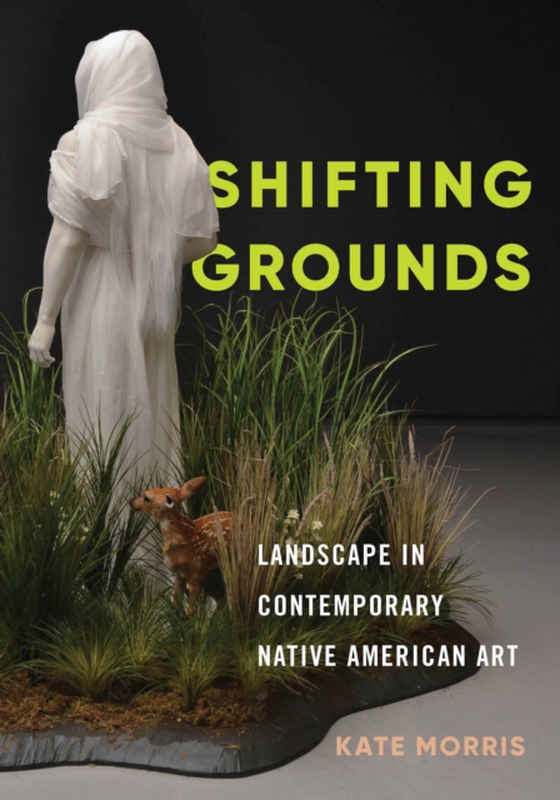
Shifting Grounds e-bog
348,37 DKK
(inkl. moms 435,46 DKK)
A distinctly Indigenous form of landscape representation is emerging among contemporary Indigenous artists from North America. For centuries, landscape painting in European art typically used representational strategies such as single-point perspective to lure viewersand settlersinto the territories of the old and new worlds. In the twentieth century, abstract expressionism transformed painting...
E-bog
348,37 DKK
Udgivet
22 marts 2019
Længde
208 sider
Genrer
History of art
Sprog
English
Format
pdf
Beskyttelse
LCP
ISBN
9780295744827
A distinctly Indigenous form of landscape representation is emerging among contemporary Indigenous artists from North America. For centuries, landscape painting in European art typically used representational strategies such as single-point perspective to lure viewersand settlersinto the territories of the old and new worlds. In the twentieth century, abstract expressionism transformed painting to encompass something beyond the visual world, and, later, minimalism and the Land Art movement broadened the genre of landscape art to include sculptural forms and site-specific installations.In Shifting Grounds, art historian Kate Morris argues that Indigenous artists are expanding and reconceptualizing the forms of the genre, expressing Indigenous attitudes toward land and belonging even as they draw upon mainstream art practices. The resulting works evoke all five senses: from the overt sensuality of Kay WalkingSticks tactile paintings to the eerie soundscapes of Alan Michelsons videos to the immersive environments of Kent Monkmans dioramas, this art resonates with a fully embodied and embedded subjectivity. Shifting Grounds explores themes of presence and absence, survival and vulnerability, memory and commemoration, and power and resistance, illuminating the artists engagement not only with land and landscape but also with the history of representation itself.
 Dansk
Dansk

